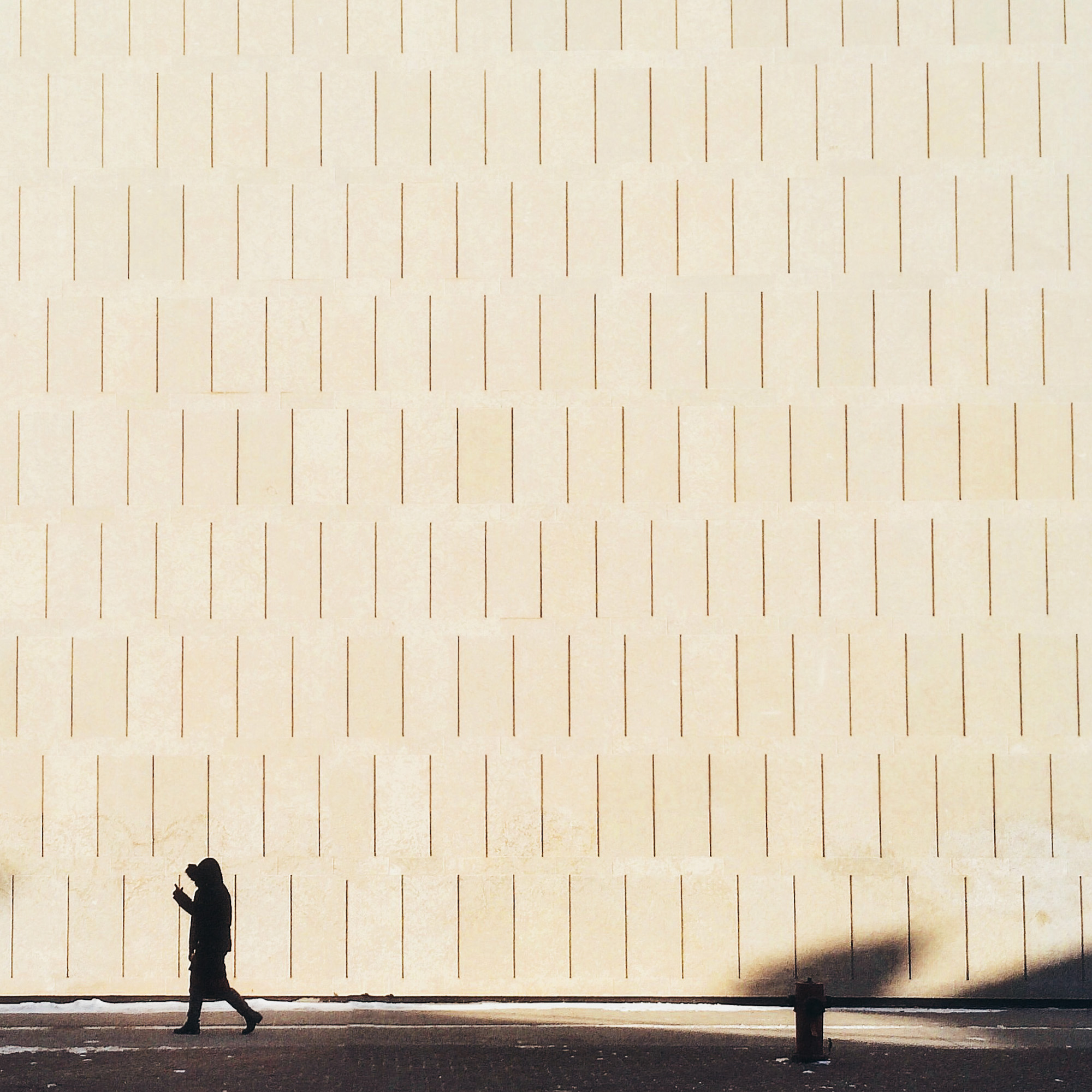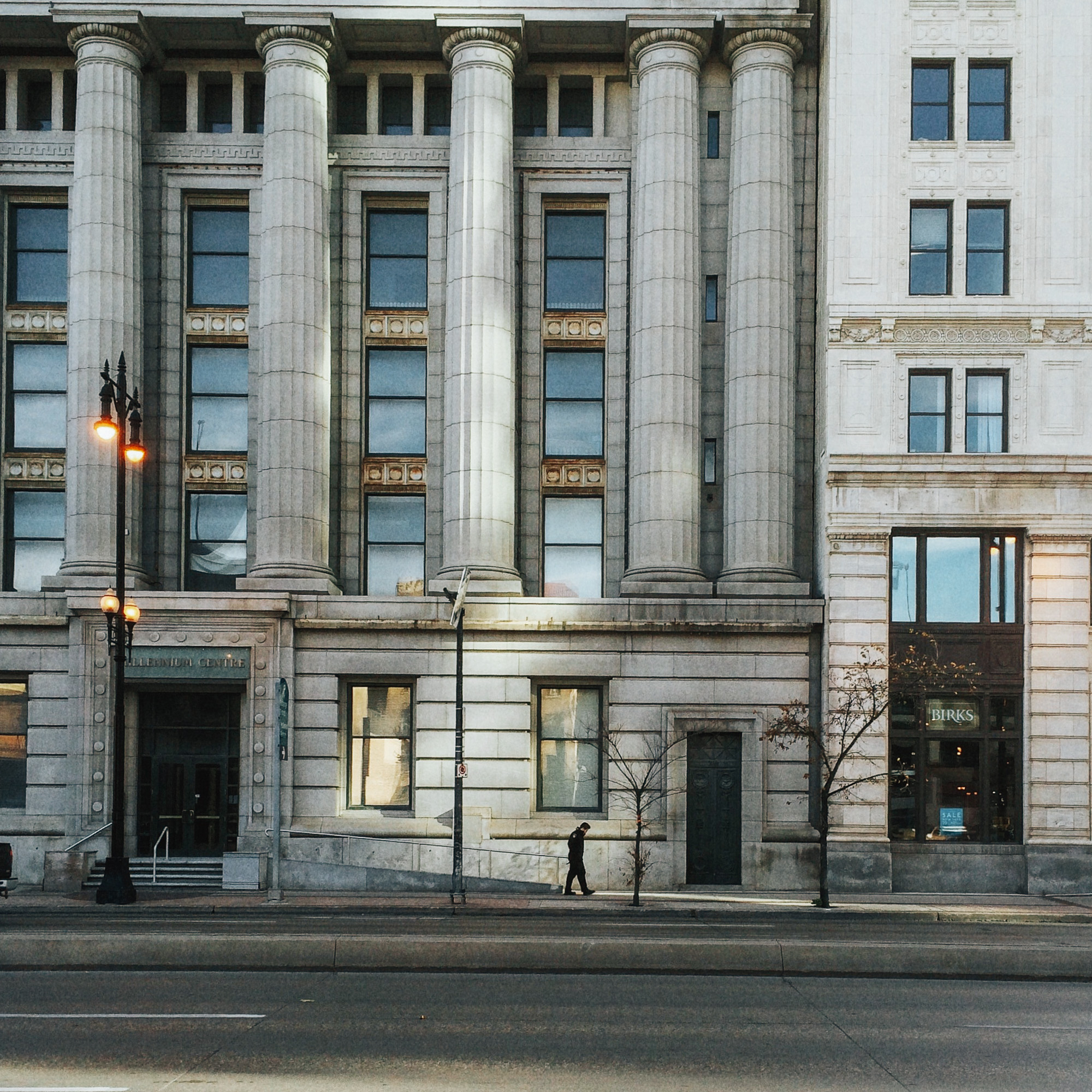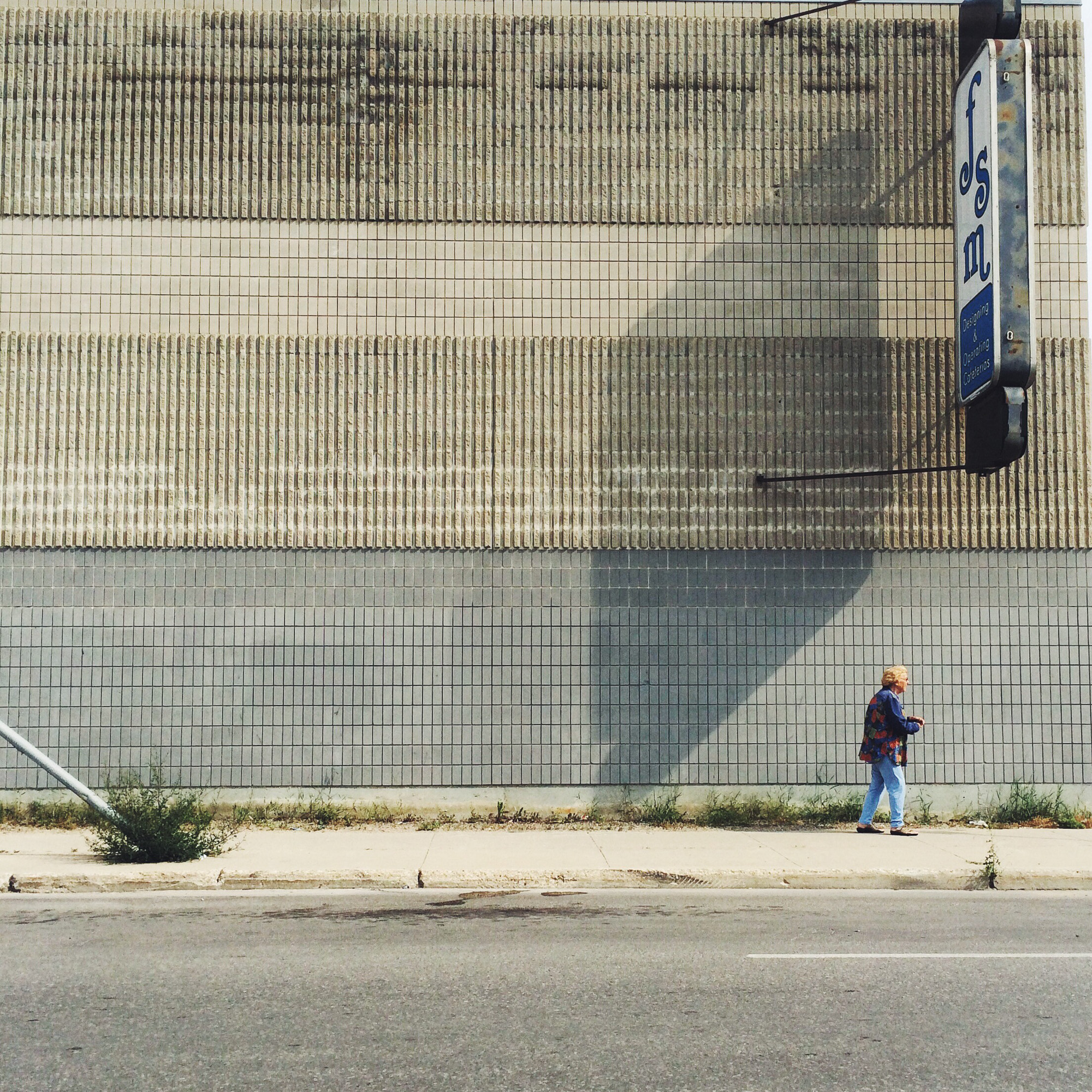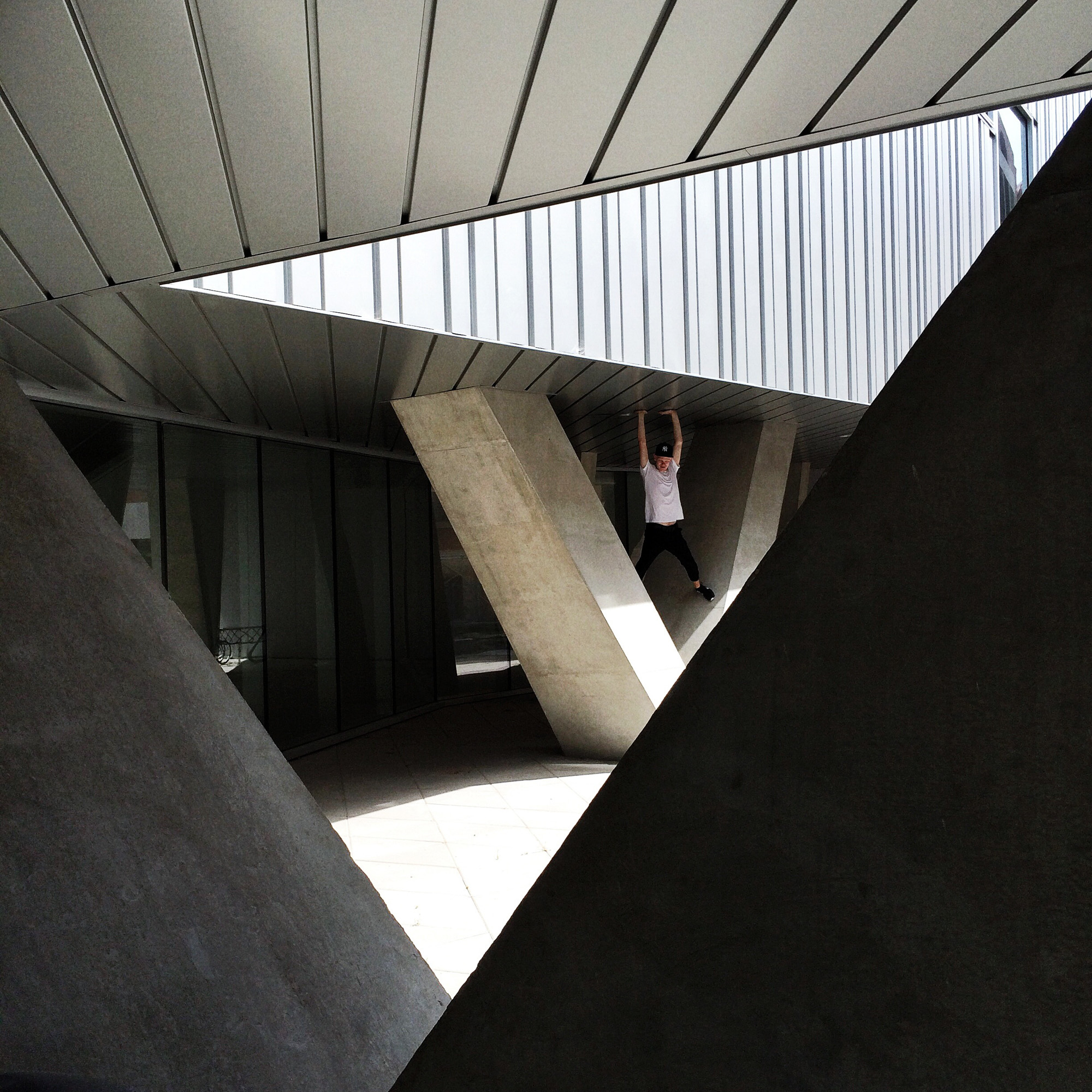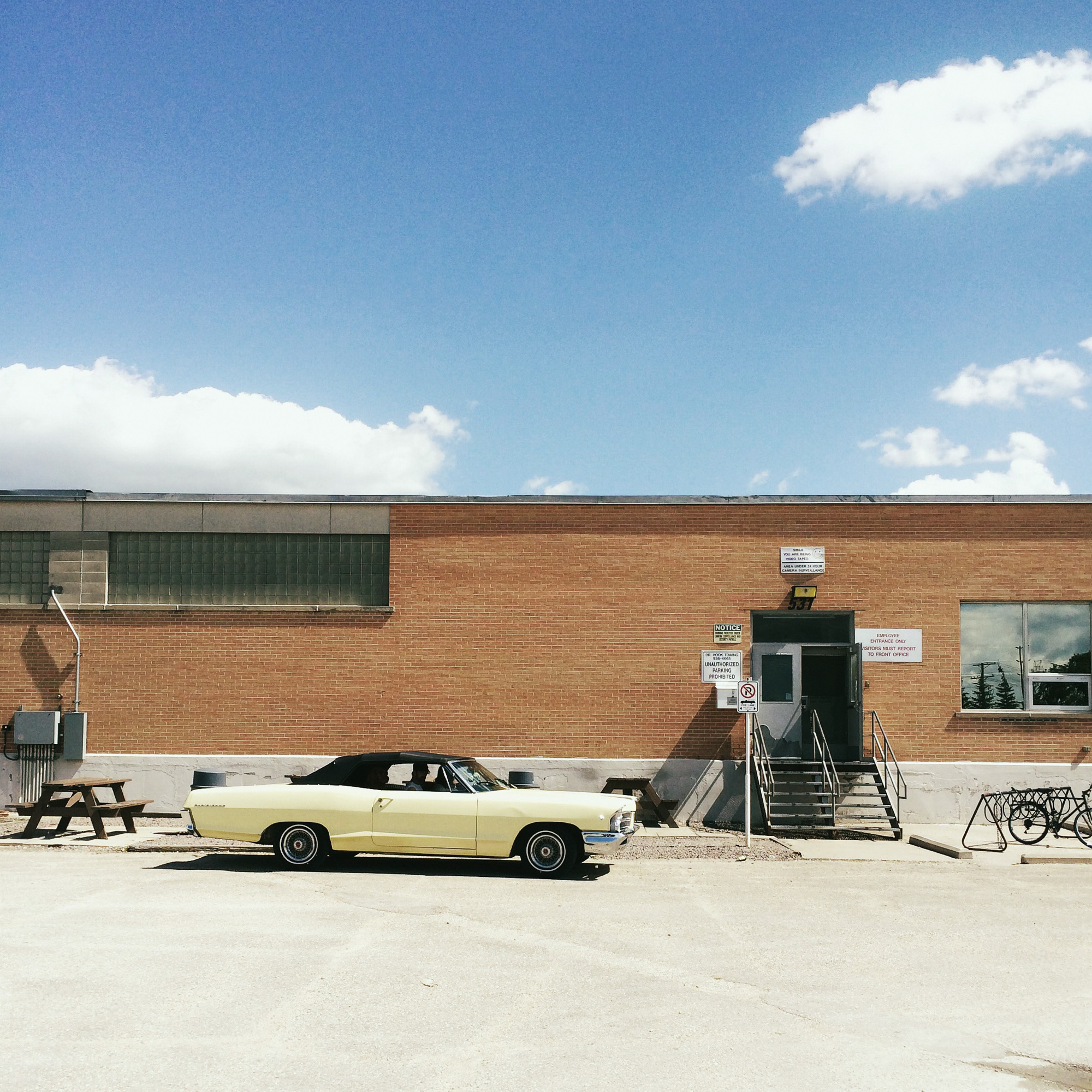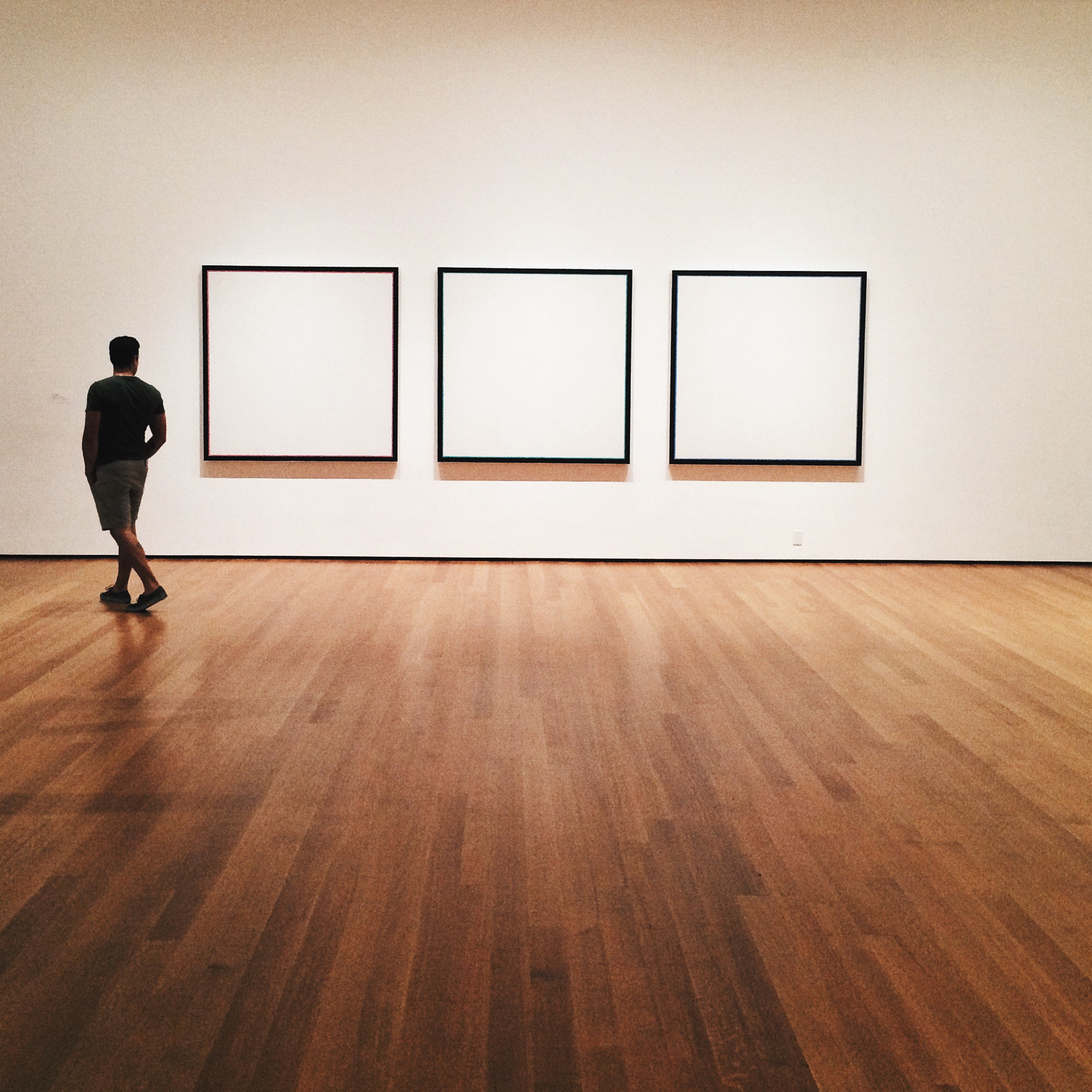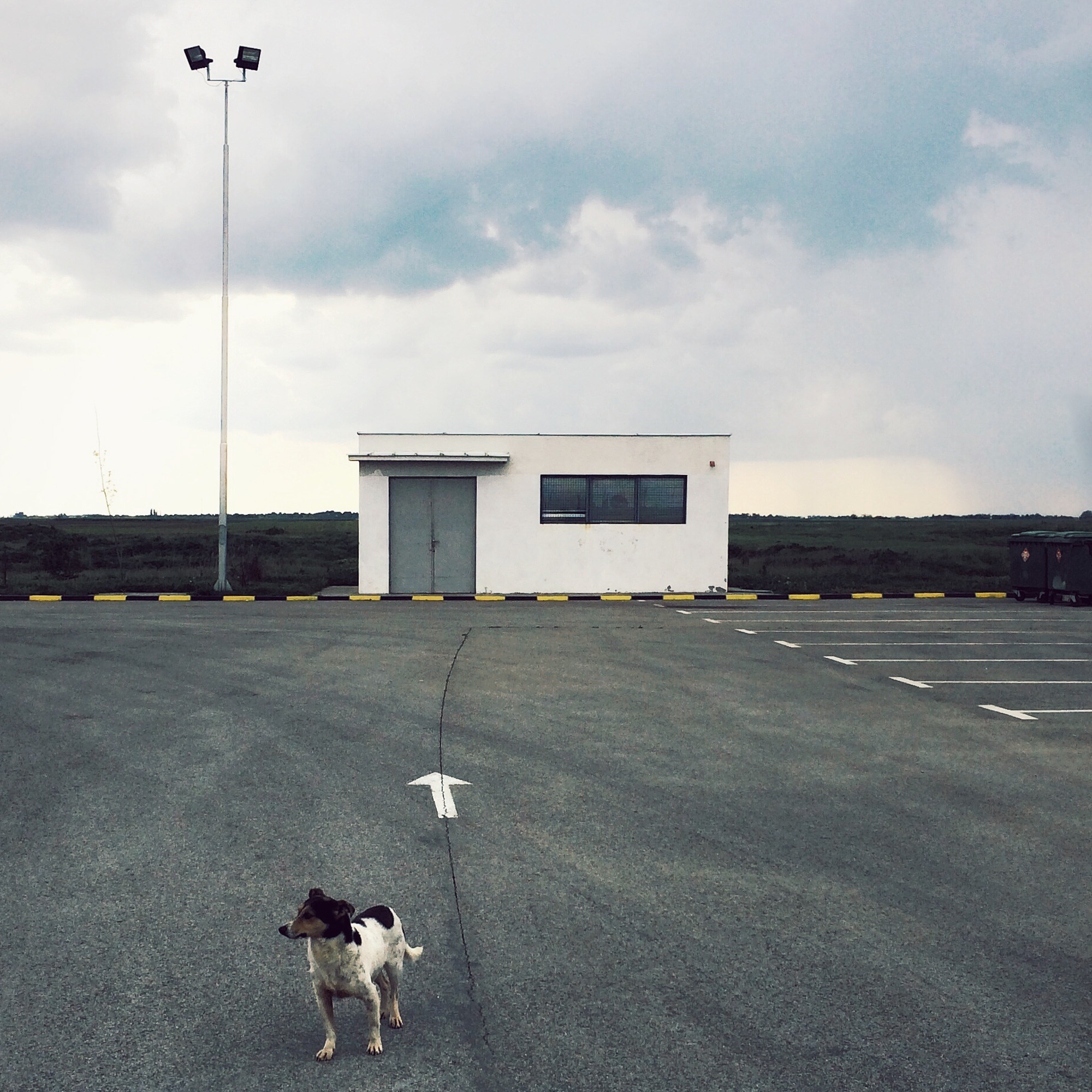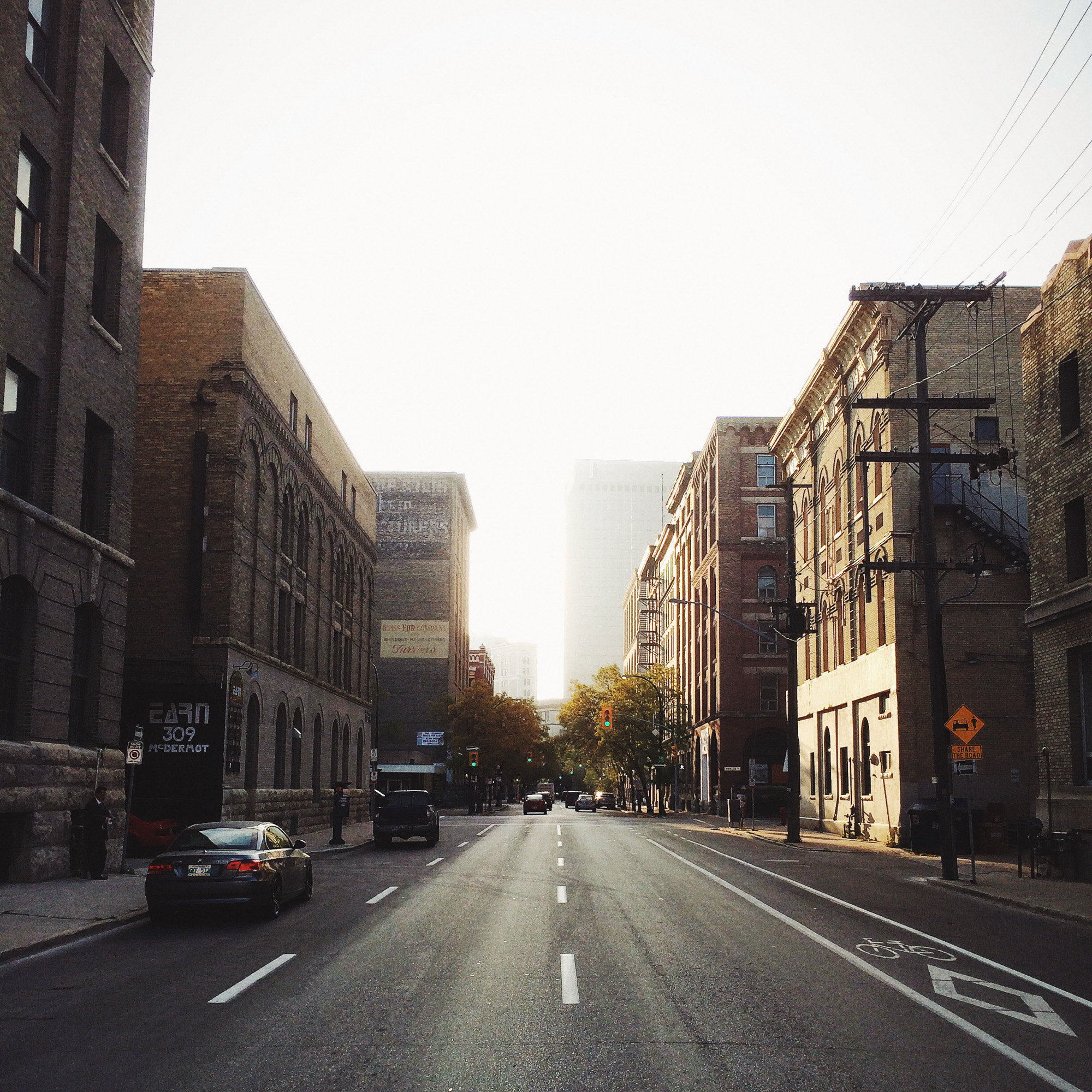
All images by Simeon Rusnak. Used with permission.
Photographer Simeon Rusnak hails from Winnipeg, Canada. “I shoot a variety of mediums, but for me the ideal camera is my iPhone; its portability, versatility and convenience are why I choose to use it on a daily basis.” he says to the Phoblographer in his pitch email. Simeon believes that we’re all some sort of photographer due to what mobile phones can do. But what he loves about the iPhone is the fact that it eliminates most of the challenges that a dedicated camera can offer. “…the auto settings of the iPhone allow one to concentrate on composition, light and the frame.”
One day he thought to himself: “Do I really need to bring out the DSLR or is mobile going to cut it for the purposes of the image?”
Phoblographer: Talk to us about how you got into photography.
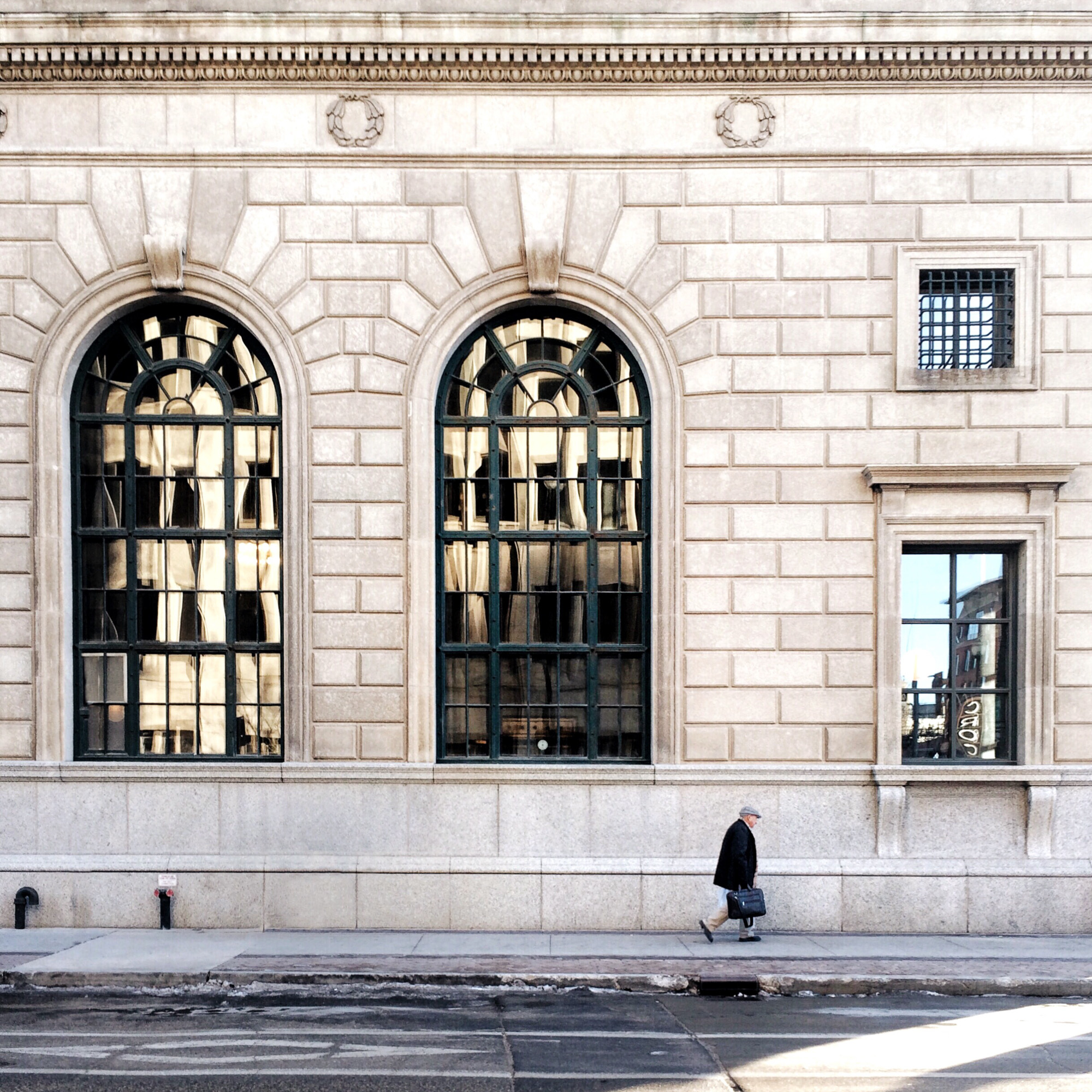
Simeon: My friend Ryan got a DSLR, and after he showed me how it worked and the images it produced, I was hooked and had to get one also. That was about 5 years ago when I was in first year of Music at the University of Manitoba. I was in the right faculty to pick up a hobby – especially a hobby such as photography, given there were always events, concerts and headshots to shoot!
Phoblographer: What made you want to get into mobile photography?
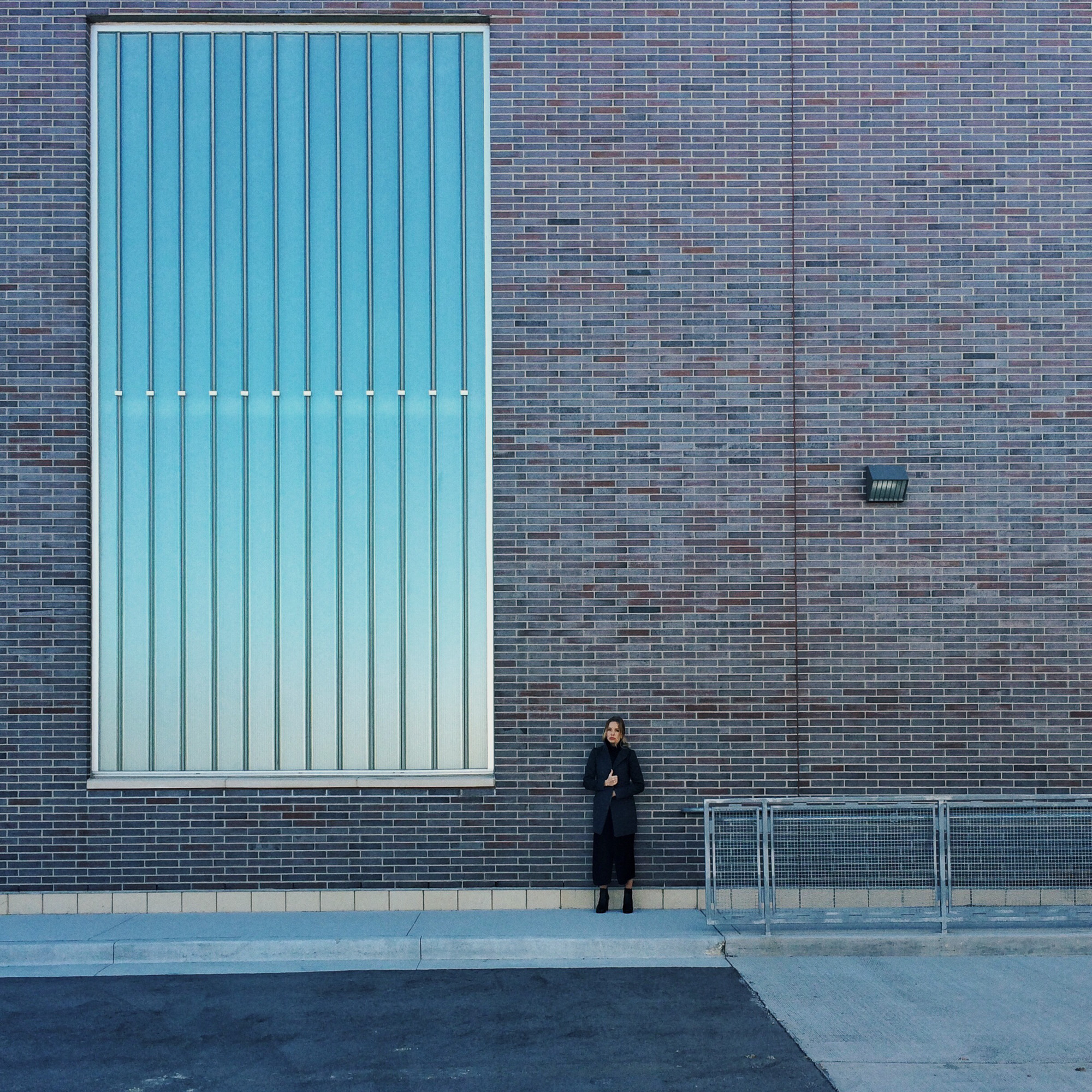
Simeon: Convenience. As with most people, I tended to have my phone with me whenever I left the house, and I realized it had a pretty decent camera. I found myself gravitating towards it, rather than the bulky DSLR and kept being reasonably surprised by the images the phone yielded! From there, it became – and continues to be – a type of challenge: do I really need to bring out the DSLR or is mobile going to cut it for the purposes of the image?
Phoblographer: Lots of your work involves architecture, landscapes and focuses on urban geometry. What attracts you to this type of shooting?
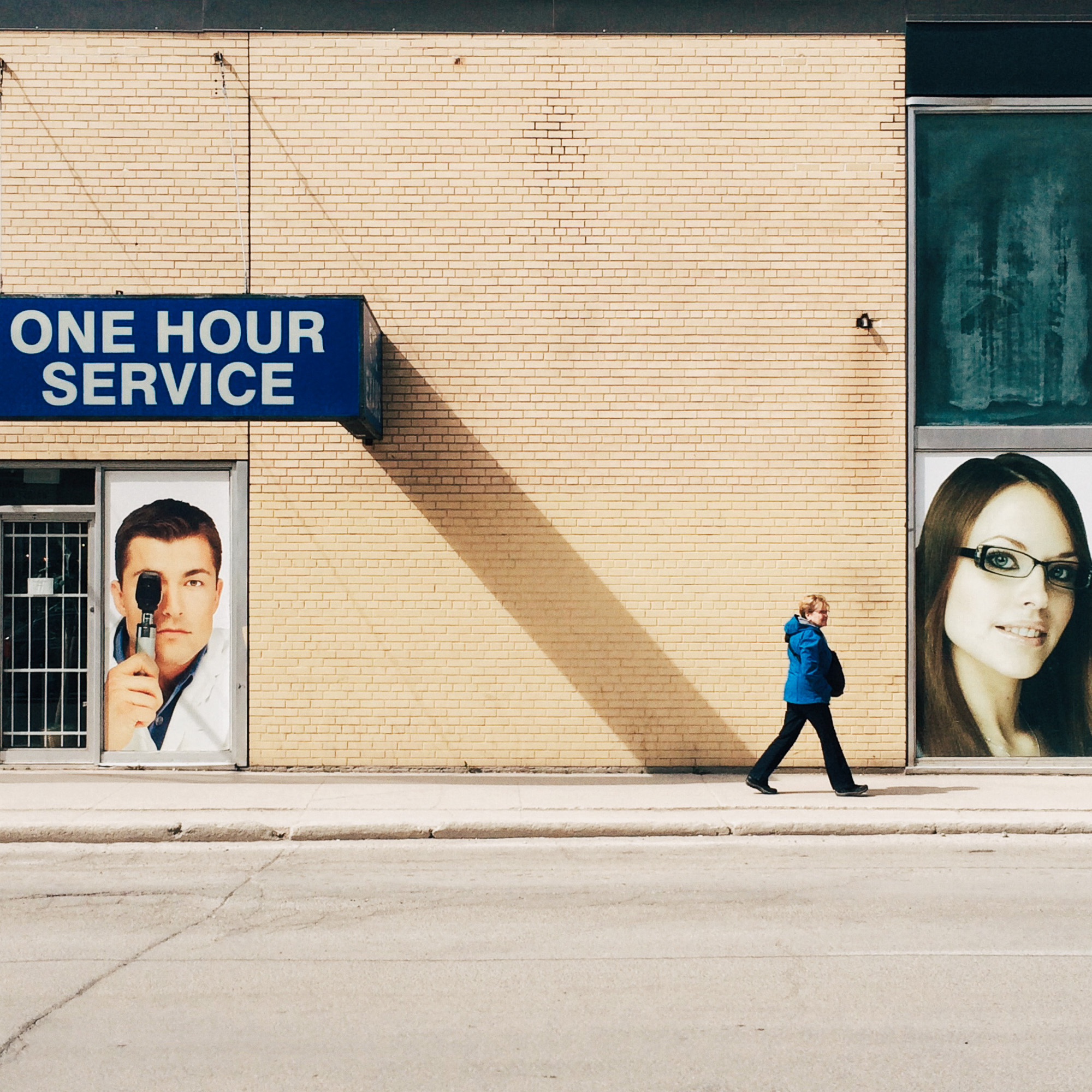
Simeon: I enjoy balance and symmetry, which I find are emphasized when shooting with a phone as the image takes up the entire screen; more like shooting with a waist level viewfinder, rather than one pressed against one eye. Exploring the daily scenes around me with this interactive framing makes me concentrate on line, geometry and space. That’s one of the best qualities of using a phone: instead of worrying about camera settings, you can concentrate on composition choices.
Phoblographer: As you go about your day, what typically inspires you enough to look at a scene and want to photograph it? Do you typically feel like your creative vision comes out in the camera or in the editing process?
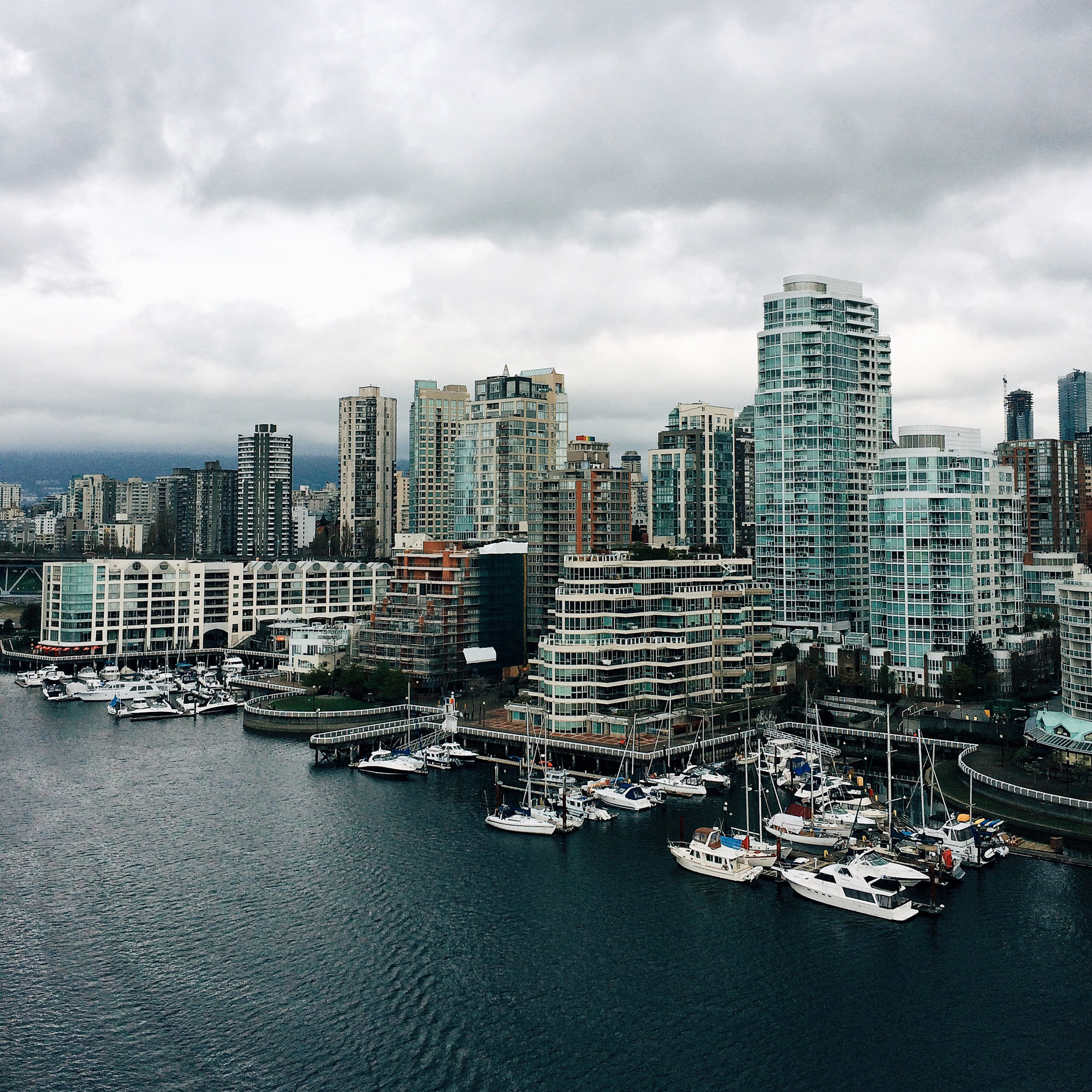
Simeon: First and foremost, I’m drawn to light. But light becomes a concern with the mobile photography – extremes (be it in contrast or in lack of light) make for challenging scenes for mobile photography as sensors just do not have the same range as with full-frame digital. Once I find a scene suitable, I’ll explore it and find my creativity coming out while shooting. I’m more of a “keep it straight” (for the most part…) type of editor – both in color and in line!
Phoblographer: You talked in your initial email about how the iPhone lets you concentrate on the basics and artistic things in photography. Do you feel that it’s made you a better shooter overall?

Simeon: Absolutely. Concentrating on composition while shooting with the iPhone has definitely impacted my choices when shooting with other cameras.
Phoblographer: In the past year, how do you feel you’ve grown as a photographer? Has mobile photography helped you in any way to grow?
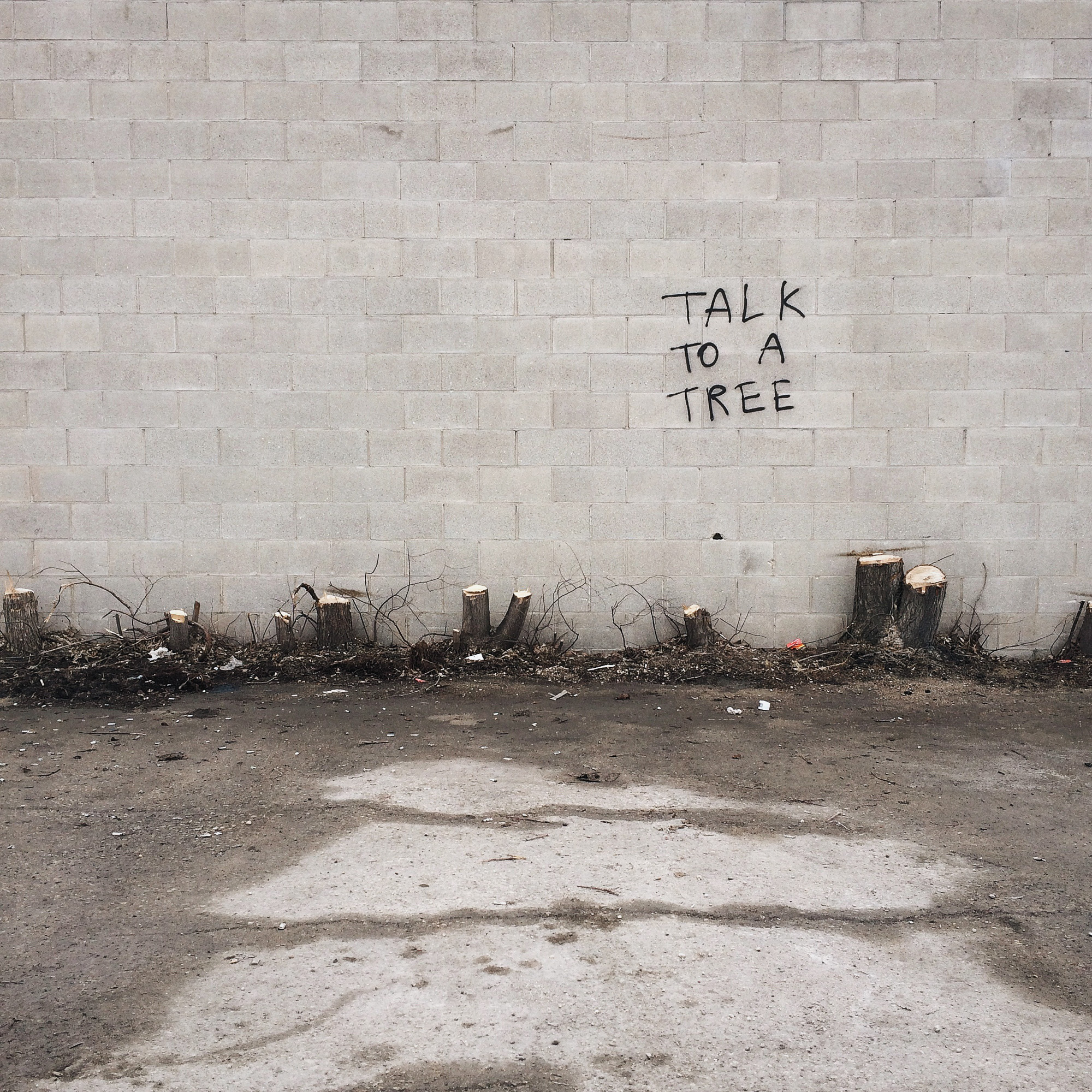
Simeon: I have become far more discerning in what I share. Regardless of whether its mobile, DLSR, film – I take more care in culling my images and making sure that the image I have created is something worth sharing. The little camera on your phone can create dynamic and compelling images – and I am now concentrating more on creating than simply capturing.
